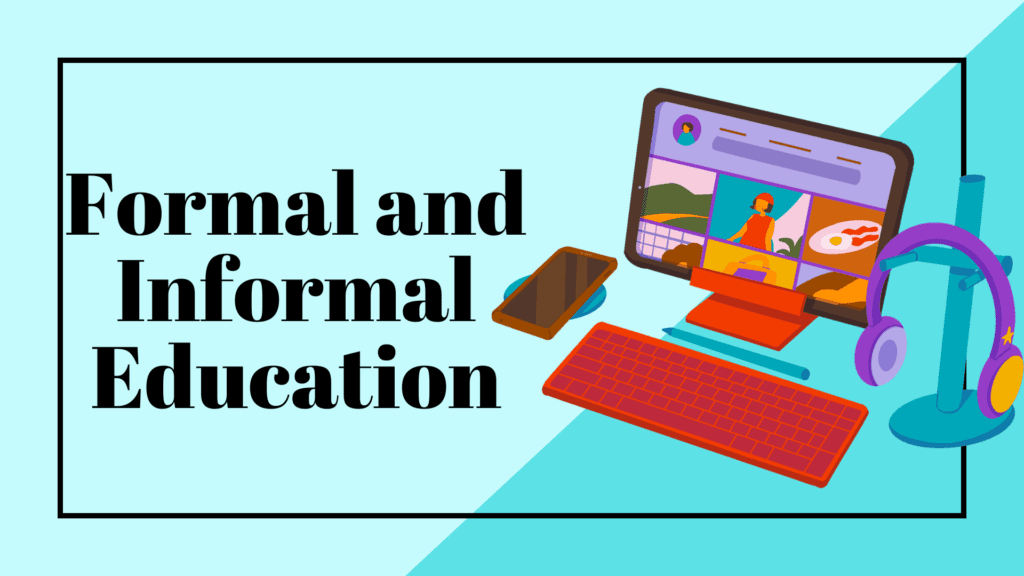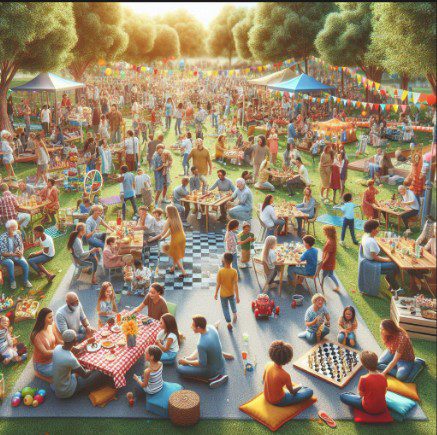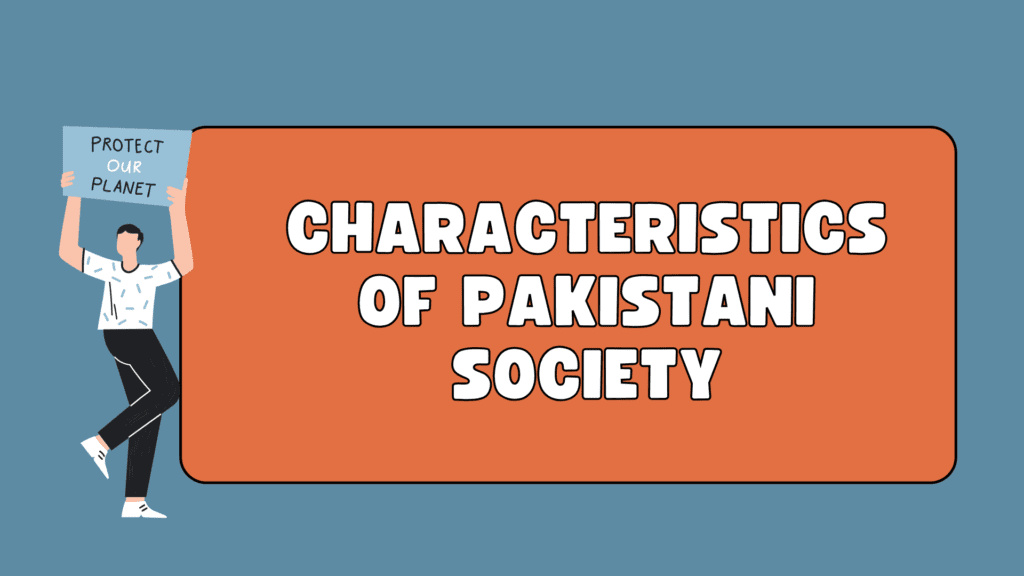Education in Pakistan functions through two broad types: formal education, which is structured and institution-based, and informal education, which occurs outside formal institutions through everyday experiences, community programs, and media. Both play vital roles in the educational and social development of individuals.
Formal Education
Definition
Formal education is a structured and systematized form of learning, delivered by institutions such as schools, colleges, and universities. It follows a defined curriculum, has regular assessments, and is awarded with certifications or degrees.
Levels of Formal Education in Pakistan
-
Primary (Grades 1–5)
-
Middle (Grades 6–8)
-
Secondary (Grades 9–10 – Matriculation)
-
Higher Secondary (Grades 11–12 – Intermediate)
-
Tertiary/Higher Education (Bachelor’s, Master’s, MPhil, PhD)
Current Status
-
Literacy rate (approx.): 60% (higher in urban areas, lower in rural).
-
Enrollment in primary schools is increasing, but dropout rates remain high, especially among girls.
-
Higher education is expanding, but quality and access vary greatly across regions.
📌 Example: A student in Islamabad may attend a private school, complete matric and intermediate education, and enroll in a university, while a child in rural Balochistan may never attend school due to lack of access.
Strengths
-
Standardized curriculum
-
Government regulation and oversight
-
Recognized degrees for employment
Challenges
-
Low funding (less than 2% of GDP spent on education)
-
Gender disparity
-
Poor infrastructure in rural areas
-
Teacher absenteeism
-
Language barriers (Urdu vs. English medium)
Informal Education
Definition
Informal education refers to learning that occurs outside formal settings, without a set curriculum or certification. It includes life experiences, community learning, family education, religious instruction, and media-based learning.
Forms of Informal Education
-
Parental teaching at home (e.g., moral values, language, religious practices)
-
Religious education in mosques or madrasahs
-
Skills learning through apprenticeships or family businesses
-
Media (TV, radio, YouTube, social media)
-
Community-based learning programs
📌 Example: A child who learns tailoring or embroidery from her mother in a village is participating in informal education. Similarly, children watching educational cartoons like Taleemabad gain informal literacy skills.
Strengths
-
Accessible to all
-
Low or no cost
-
Culturally relevant and community-based
-
Flexible and continuous
Challenges
-
No formal recognition or certification
-
Quality and content are inconsistent
-
May reinforce outdated or biased views (especially in religious or traditional settings)
Role of Informal Education in Pakistan
In a country with limited formal education access, informal education plays a compensatory role:
-
Skill development for youth who drop out early
-
Religious education for children who cannot attend regular schools
-
Women’s empowerment through home-based learning (e.g., stitching, food preservation)
-
Adult literacy programs and life skills training run by NGOs
📌 Example: Organizations like The Citizens Foundation (TCF) and Idara-e-Taleem-o-Aagahi (ITA) conduct non-formal learning programs to educate out-of-school children and adults.
Integration of Formal and Informal Education
The government and NGOs are increasingly trying to blend both systems to improve literacy and access:
-
Non-formal Basic Education (NFBE) centers offer basic literacy to out-of-school children.
-
Recognition of Prior Learning (RPL) can validate informal skills for employment.
-
Technology-enhanced learning like mobile apps (e.g., Taleemabad, Ilm Ki Dunya) are bridging gaps between formal and informal modes.
Conclusion
Both formal and informal education are essential in Pakistan’s context. While formal education provides structure, degrees, and social mobility, informal education supports lifelong learning, cultural transmission, and practical skills. To improve literacy and development outcomes, Pakistan must strengthen formal systems while valuing and integrating informal learning pathways, especially in rural and underserved areas.
“Where schools cannot reach, informal education lights the path.”


